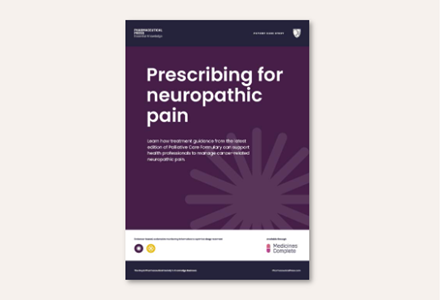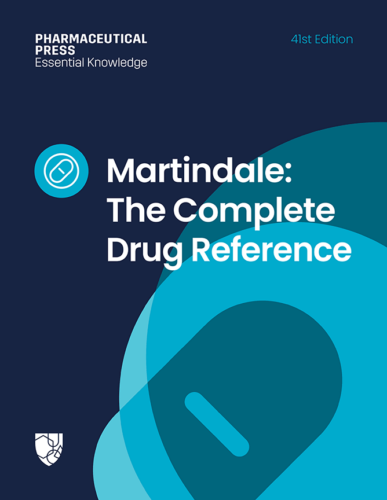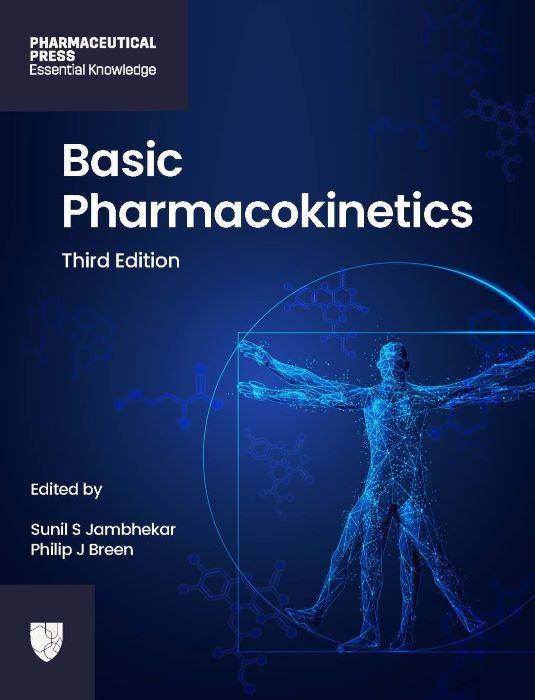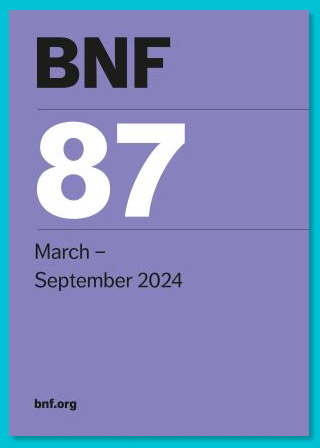-
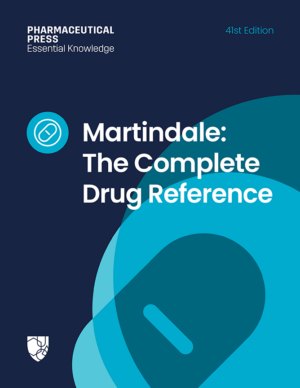 PRE-ORDER
PRE-ORDERMartindale: The Complete Drug Reference 41st Edition
Unbiased, evaluated information on drugs and medicines in use around the world$850.00
InfoRPS Member Price $595.00 -
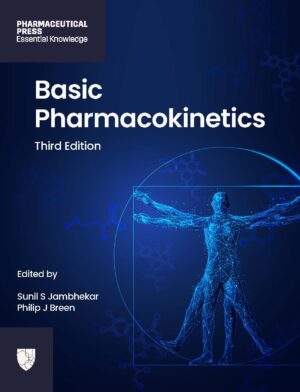 PRE-ORDER
PRE-ORDERBasic Pharmacokinetics Third Edition
Fully revised and updated the new edition provides an understanding of the principles of pharmacokin…$85.00
InfoRPS Member Price $63.75 -
 PRE-ORDER
PRE-ORDERBritish National Formulary (BNF88)
The first choice for concise medicines information Practical and evidence based, British National…$110.00
InfoRPS Member Price $55.00
BNF Publications
-
 BEST SELLER
BEST SELLERBNF for Children (BNFC) 2023-2024
The first choice for concise medicines information for children.$99.00
InfoRPS Member Price $49.50 -
 PRE-ORDER
PRE-ORDERBNF for Children (BNFC) 2024-2025
The first choice for concise medicines information for children.$99.00
InfoRPS Member Price $49.50 -
 BEST SELLER
BEST SELLERBritish National Formulary (BNF87)
The first choice for concise medicines information Practical and evidence based, British National…$110.00
InfoRPS Member Price $55.00
Featured publications
-
 FEATURED
FEATUREDRules and Guidance for Pharmaceutical Distributions (The MHRA Green Guide) 2022
The reference for medicine distributors in Europe and the UK$103.00
InfoRPS Member Price $77.25 -
 FEATURED
FEATUREDRules and Guidance for Pharmaceutical Manufacturers and Distributors (The MHRA Orange Guide) 2022
The reference for manufacturers and distributors of medicines in Europe and the UK$118.00
InfoRPS Member Price $88.50 -
 FEATURED
FEATUREDPalliative Care Formulary (PCF8) Eighth Edition
Independent, specialist information, grounded in clinical practice. Unrivalled and expert drug infor…$92.00
InfoRPS Member Price $69.00 -
 FEATURED
FEATUREDManagement, Leadership and Entrepreneurship in Pharmacy
Brings the principles of managerial sciences to the practice of pharmacy.$45.00
InfoRPS Member Price $33.75 -
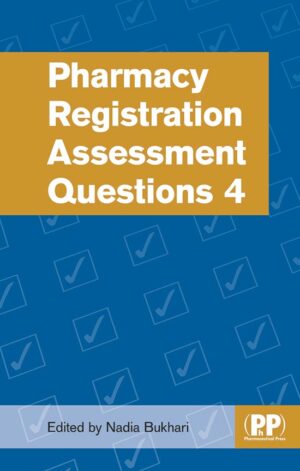 FEATURED
FEATUREDPharmacy Registration Assessment Questions 4
A revision guide that includes a variety of question styles including single best answer questions, …$49.00
InfoRPS Member Price $36.75 -
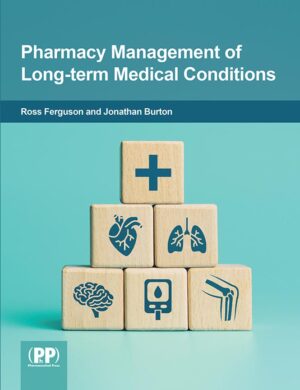 FEATURED
FEATUREDPharmacy Management of Long-term Medical Conditions
Focuses on long-term medical conditions (LTMCs) including an overview, diagnosis, and management/tre…$55.00
InfoRPS Member Price $41.25
Essential books for learning and work
Find out how our services and knowledge products help your sector





